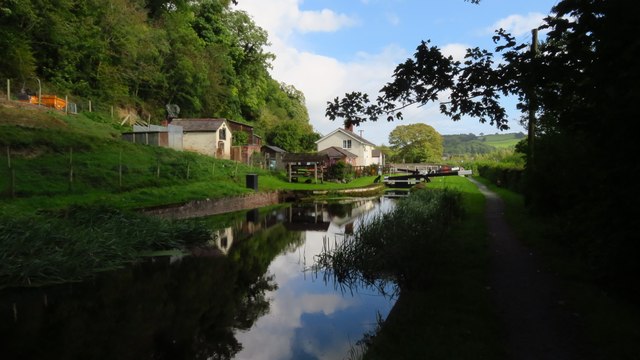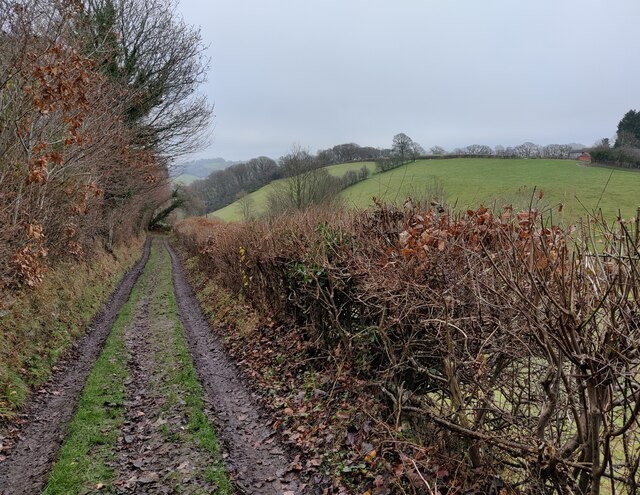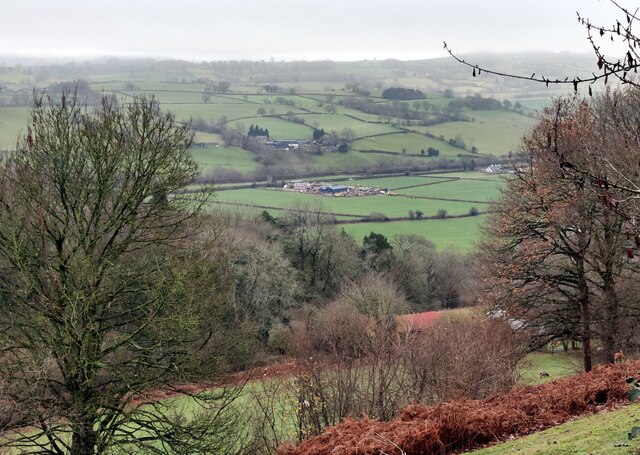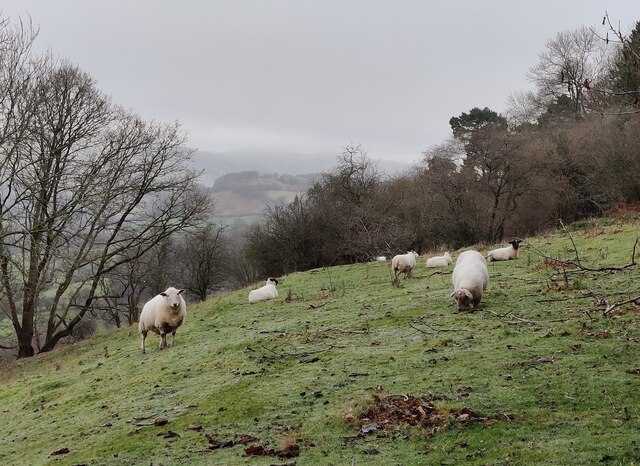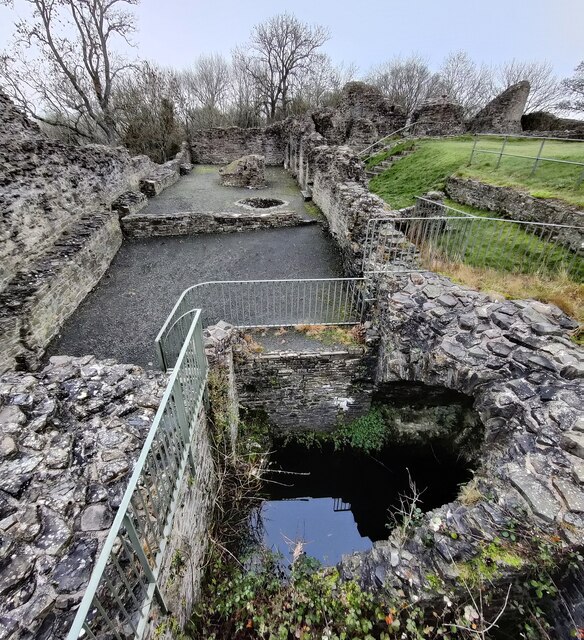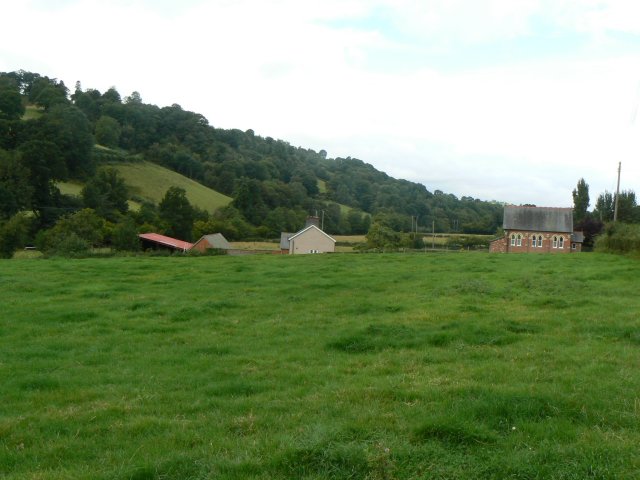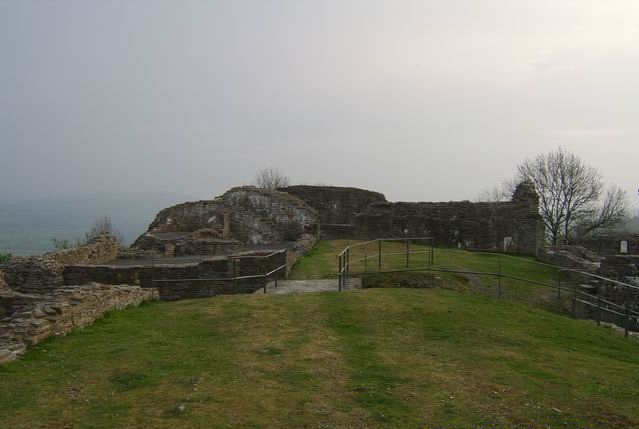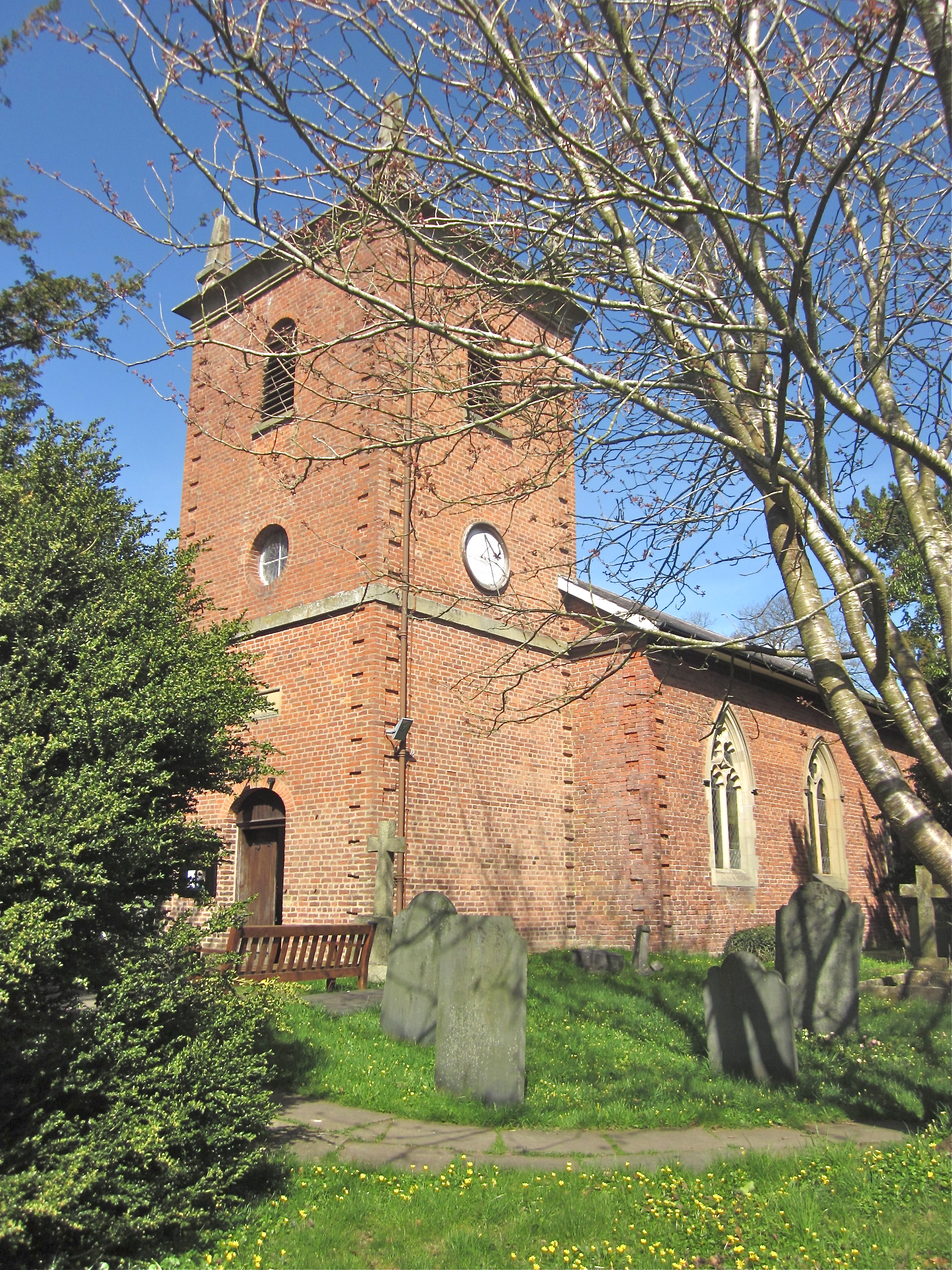Aberbechan
Settlement in Montgomeryshire
Wales
Aberbechan
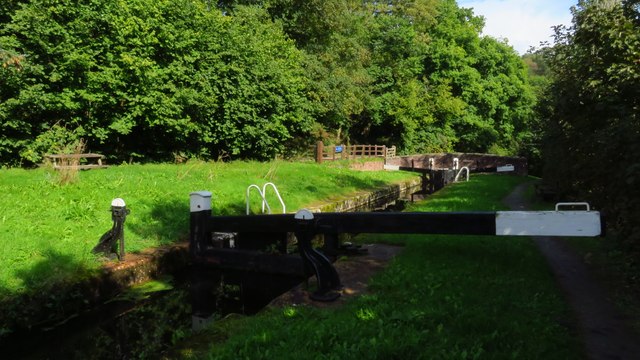
Aberbechan is a small village located in the historic county of Montgomeryshire, Wales. Situated on the banks of the River Severn, it lies approximately 3 miles southeast of the town of Newtown. The village is surrounded by picturesque countryside, offering scenic views and a tranquil atmosphere.
Aberbechan has a rich history dating back to the medieval period. It was once an important crossing point over the River Severn, serving as a vital transportation route. Today, the village is known for its charming stone cottages and traditional architecture, which give it a timeless appeal.
The community in Aberbechan is close-knit and friendly, with a population of around 300 residents. The village has a primary school, providing education for local children. There is also a village hall that serves as a hub for various community activities and events.
Nature enthusiasts can enjoy the stunning surroundings of Aberbechan, with many walking trails and cycle routes to explore. The nearby Severn Way offers a scenic path along the river, ideal for those seeking outdoor adventures.
Although Aberbechan is a small village, it benefits from its proximity to Newtown, which provides a range of amenities, including shops, supermarkets, and healthcare facilities. The village is well-connected by road, making it easily accessible for both residents and visitors.
Overall, Aberbechan offers a peaceful and idyllic setting for those looking to escape the hustle and bustle of city life, while still providing convenient access to nearby amenities.
If you have any feedback on the listing, please let us know in the comments section below.
Aberbechan Images
Images are sourced within 2km of 52.532123/-3.264843 or Grid Reference SO1493. Thanks to Geograph Open Source API. All images are credited.
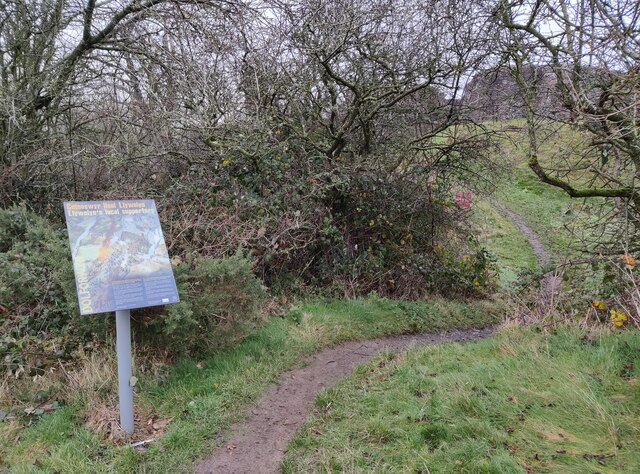
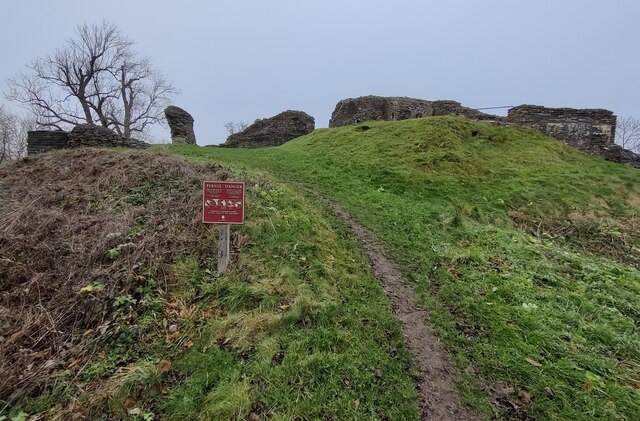
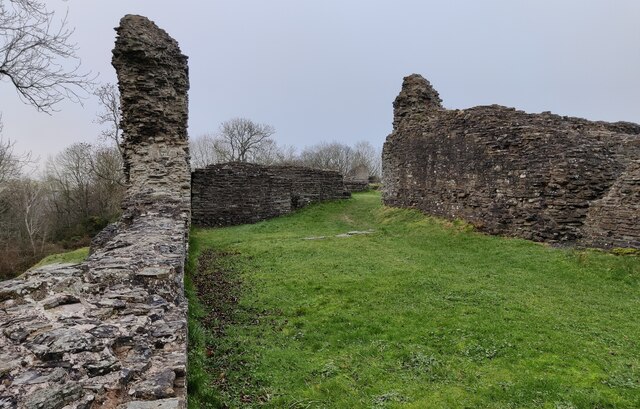
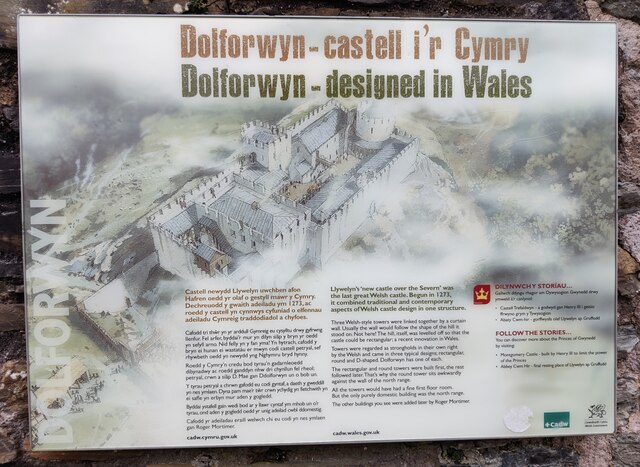
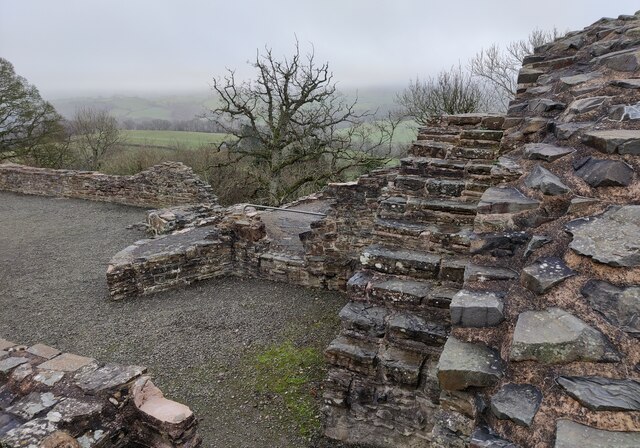
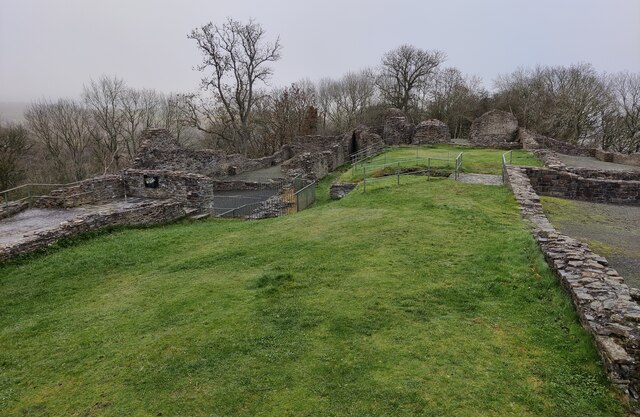
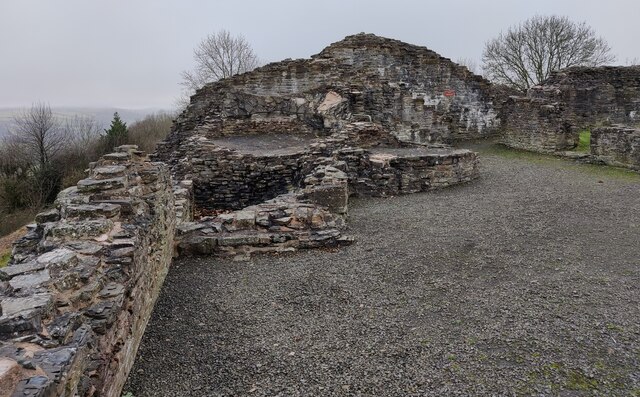
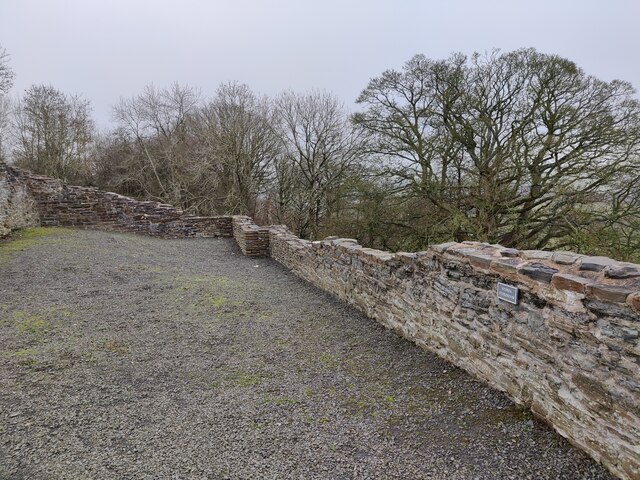
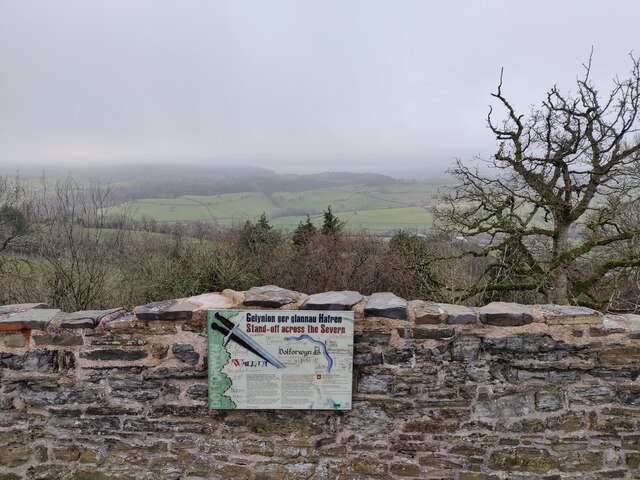
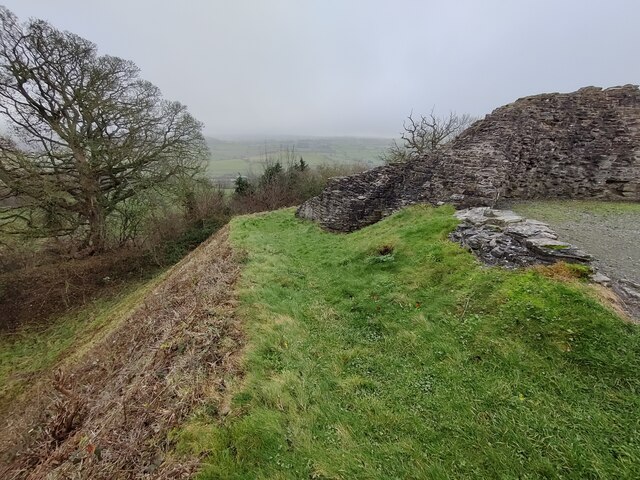
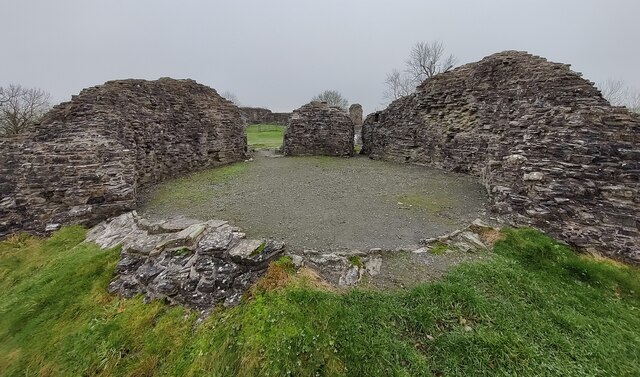
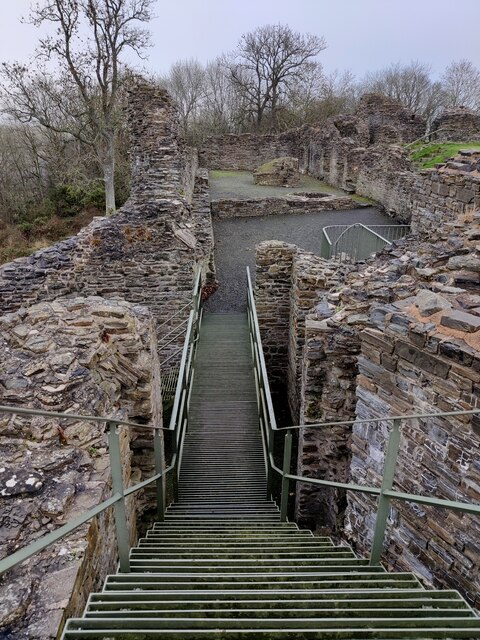
Aberbechan is located at Grid Ref: SO1493 (Lat: 52.532123, Lng: -3.264843)
Unitary Authority: Powys
Police Authority: Dyfed Powys
What 3 Words
///soothing.weeds.coats. Near Newtown, Powys
Nearby Locations
Related Wikis
Aberbechan
Aberbechan was formerly a township in the parish of Llanllwchaearn in the historic county of Montgomeryshire. The township of Aberbechan was transferred...
Aberbechan Hall
Aberbechan Hall was a timber framed mansion in the township of Aberbechan within the parish of Llanllwchaearn in the historic county of Montgomeryshire...
Penarth (Newtown and Llanllwchaiarn)
Penarth is a timber-framed house set back from the A483 road near to Newtown, Wales, close to the banks of the river Severn. It is within the parish...
Llanmerewig
Llanmerewig is a historic parish in Powys, Wales, in the historic county of Montgomeryshire, and is situated between Newtown and Welshpool. The church...
Dolforwyn Castle
Dolforwyn Castle (Welsh: Castell Dolforwyn) is a Welsh medieval castle above the village of Abermule, Powys. The fortification was established by Llywelyn...
Yew tree cottage
Situated under the ramparts of Dolforwyn Castle, near Abermule in the Welsh county of Powys in the United Kingdom, Yew tree cottage is a part 17th century...
Radio Hafren
Radio Hafren was an Independent Local Radio station in the United Kingdom, serving Mid Wales and the English border counties and broadcasting on 756 AM...
St Llwchaiarn's Church, Llanllwchaiarn
St Llwchaiarn's church, Llanllwchaiarn was the parish church of Llanllwchaiarn, now within the community of Newtown with Llanllwchaiarn and lies within...
Nearby Amenities
Located within 500m of 52.532123,-3.264843Have you been to Aberbechan?
Leave your review of Aberbechan below (or comments, questions and feedback).
